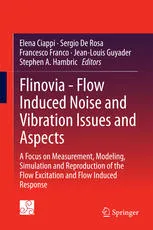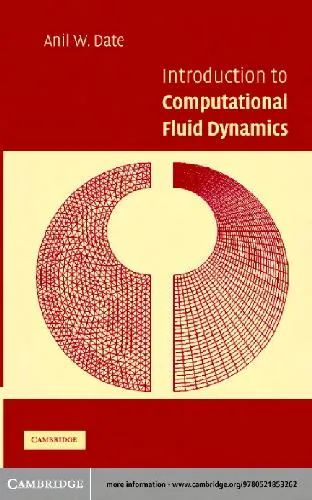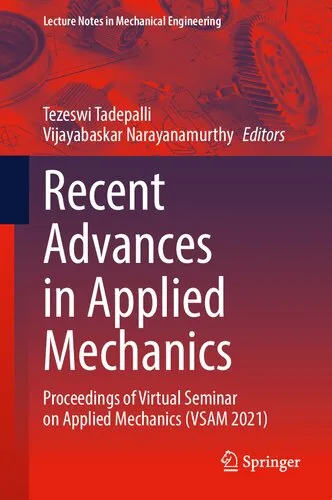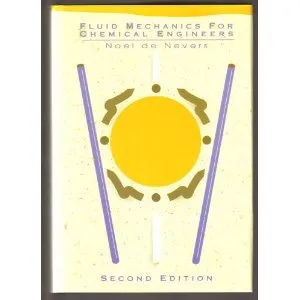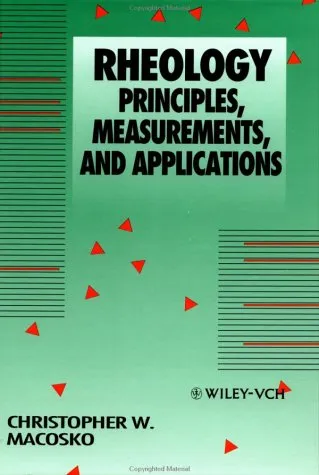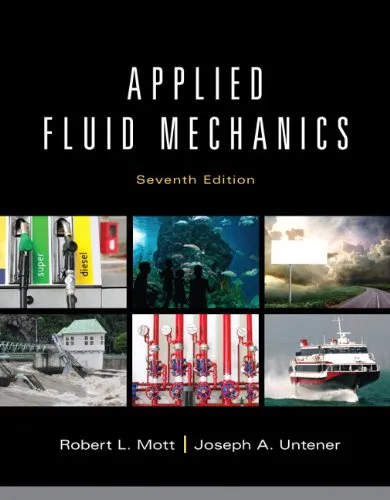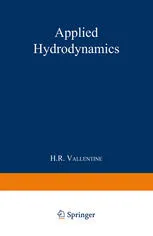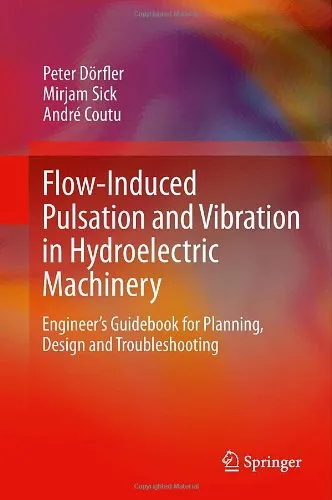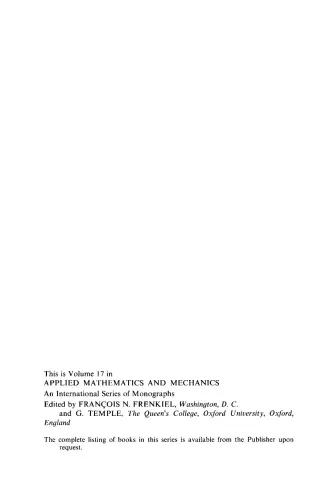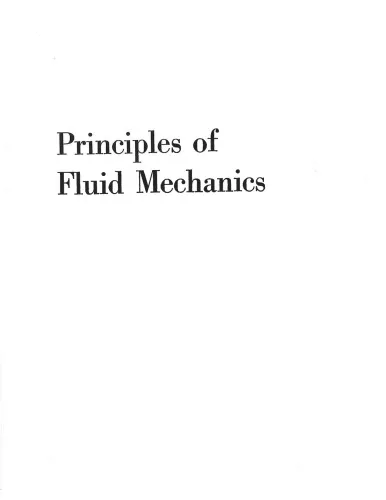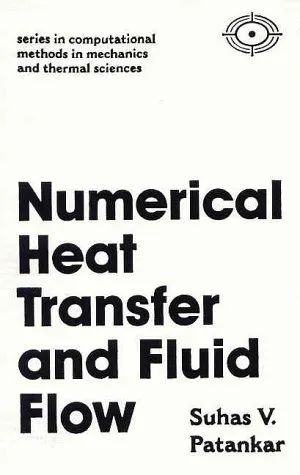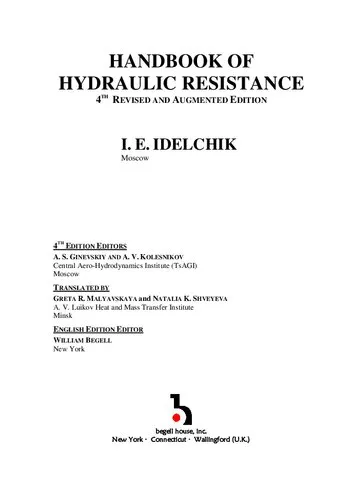Flinovia - Flow Induced Noise and Vibration Issues and Aspects: A Focus on Measurement, Modeling, Simulation and Reproduction of the Flow Excitation and Flow Induced Response
4.5
Reviews from our users

You Can Ask your questions from this book's AI after Login
Each download or ask from book AI costs 2 points. To earn more free points, please visit the Points Guide Page and complete some valuable actions.Related Refrences:
Introduction
Welcome to "Flinovia - Flow Induced Noise and Vibration Issues and Aspects: A Focus on Measurement, Modeling, Simulation and Reproduction of the Flow Excitation and Flow Induced Response", a comprehensive exploration of one of the most complex and intricate topics in the fields of fluid dynamics, structural dynamics, and acoustics. This book brings together cutting-edge research, practical methodologies, and innovative solutions to address the challenges associated with flow-induced noise and vibration (FLINOVIA). Designed for both academic researchers and industry experts, this book provides a unique balance between theoretical foundations, experimental approaches, and computational techniques, ensuring that readers gain a holistic understanding of the subject.
As engineers, scientists, and professionals strive to optimize performance and reduce emissions in machinery and structures, the need to better understand and mitigate flow-induced phenomena has become a critical necessity. Whether it’s the hum of an aircraft wing, the vibrations in piping systems, or the acoustic challenges in quieting vehicles, flow-induced noise and vibration are central concerns across diverse industries.
In this book, you will delve into a multi-disciplinary perspective, combining aerodynamics, acoustics, vibration dynamics, and computational simulations. With contributions from world-renowned experts, "Flinovia" offers a wealth of insights, practical case studies, and advanced strategies to model, measure, and mitigate flow-induced effects. It presents not only the state-of-the-art knowledge but also outlines future directions, ensuring practitioners and researchers stay ahead in their respective fields.
Detailed Summary of the Book
The book is divided into several sections, each delving deeply into specific flow-induced phenomena and associated challenges. The first part introduces the fundamental principles of flow-induced noise and vibration, providing a solid theoretical underpinning. It emphasizes the connections between turbulent flows, structural responses, and acoustic mechanisms, setting the foundation for advanced study.
The middle sections of the book focus on modeling and simulation techniques, showcasing how advancements in computational fluid dynamics (CFD) and structural analysis are helping researchers simulate complex applications. These chapters cover a wide range of tools and technologies, including high-fidelity simulations and reduced-order models, as well as their applications to industrial designs.
Another major focus of the book is on experimental techniques. Measuring flow-induced noise and vibration requires state-of-the-art tools and methodologies, and this book provides detailed insights into experimental setups, signal processing, data analysis, and validation strategies. Real-world applications, from aircraft design to automotive and energy sectors, provide context and a clear understanding of how these concepts are used in practice.
The book concludes by addressing modern challenges and exploring future trends, encouraging readers to push the boundaries of research and innovation in mitigating flow-induced noise and vibrations.
Key Takeaways
- Comprehensive overview of flow-induced noise and vibration principles.
- Deep dive into advanced modeling and simulation techniques using state-of-the-art tools.
- Practical understanding of experimental setups and real-world applications.
- Cross-disciplinary approach combining fluid dynamics, acoustics, and structural dynamics.
- Insights into emerging challenges and future research trends in mitigating FLINOVIA effects.
Famous Quotes from the Book
"Understanding flow-induced noise and vibration is not just a theoretical endeavour, but a critical challenge to enhance performance, sustainability, and reliability across industries."
"The interplay between turbulence, structure, and sound holds the key to unlocking quieter, more efficient, and durable technologies."
"Experimental and computational methods are two sides of the same coin: together, they reveal the full story behind flow-induced phenomena."
Why This Book Matters
This book is a vital contribution to the understanding of flow-induced noise and vibration phenomena. With increasing emphasis on energy efficiency, emission reduction, and sustainability, the ability to predict and control flow-induced effects has become paramount for engineers and designers. "Flinovia" is not just a repository of knowledge but a call to action for better design approaches, collaborative research, and innovative thinking.
It is unique in its ability to blend rigorous scientific theory with practical insights and actionable methods. By addressing both fundamental principles and industry-specific problems, this book ensures accessibility to a broad audience, including students, researchers, and professionals. Whether you are solving structural vibration issues in aerospace or designing quieter pipelines in the oil and gas industry, "Flinovia" serves as an indispensable guide and reference.
In today’s interconnected world, where cross-disciplinary collaboration is essential, this book also promotes a shared understanding among experts in fluid mechanics, acoustics, and structural vibrations. It provides the tools and knowledge needed to innovate and succeed in tackling one of the most persistent challenges in engineering.
Free Direct Download
You Can Download this book after Login
Accessing books through legal platforms and public libraries not only supports the rights of authors and publishers but also contributes to the sustainability of reading culture. Before downloading, please take a moment to consider these options.
Find this book on other platforms:
WorldCat helps you find books in libraries worldwide.
See ratings, reviews, and discussions on Goodreads.
Find and buy rare or used books on AbeBooks.
1238
بازدید4.5
امتیاز0
نظر98%
رضایتReviews:
4.5
Based on 0 users review
Questions & Answers
Ask questions about this book or help others by answering
No questions yet. Be the first to ask!
